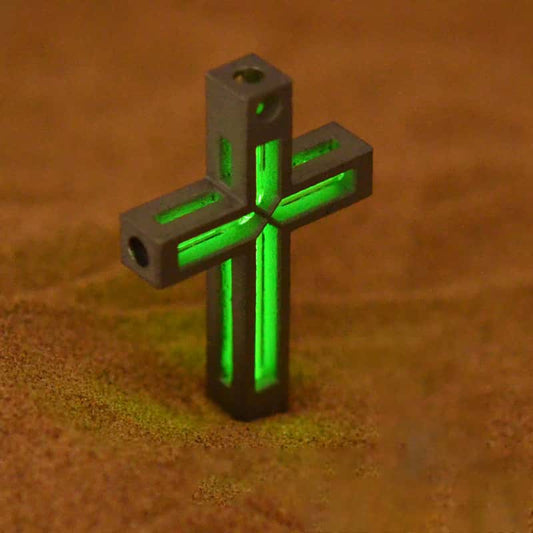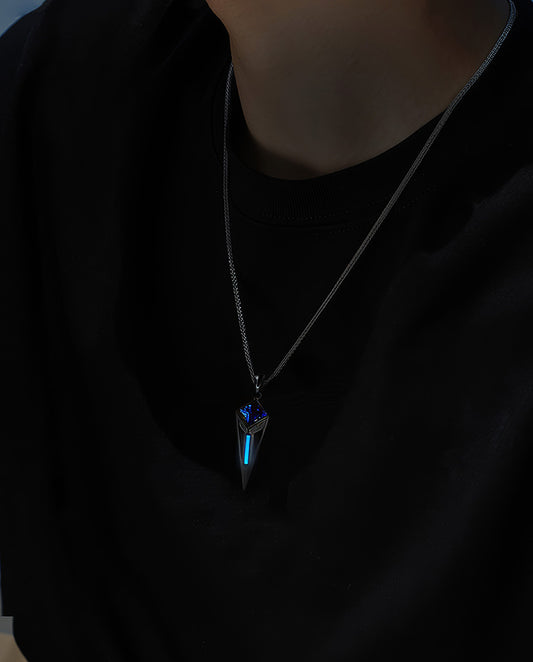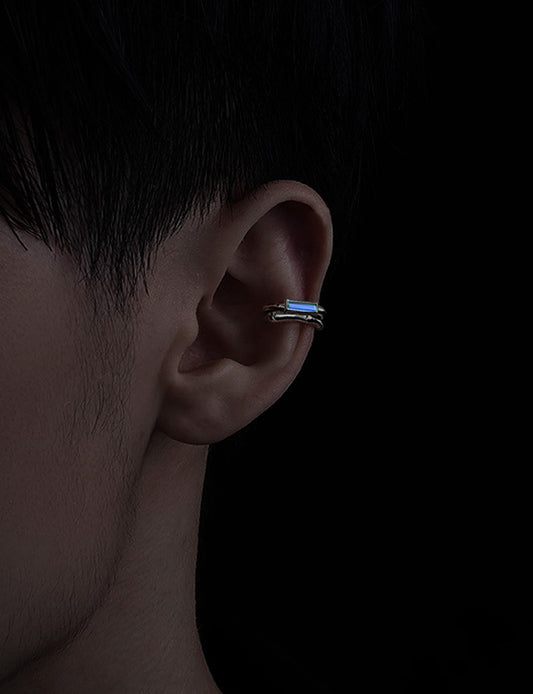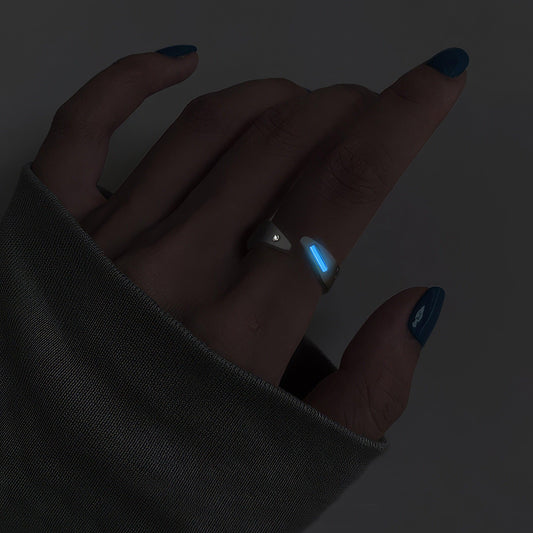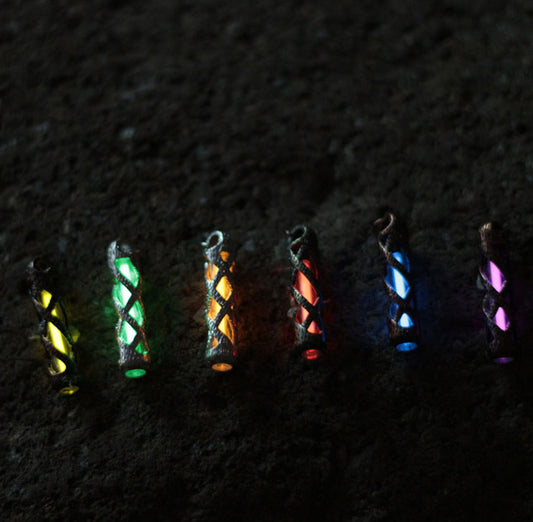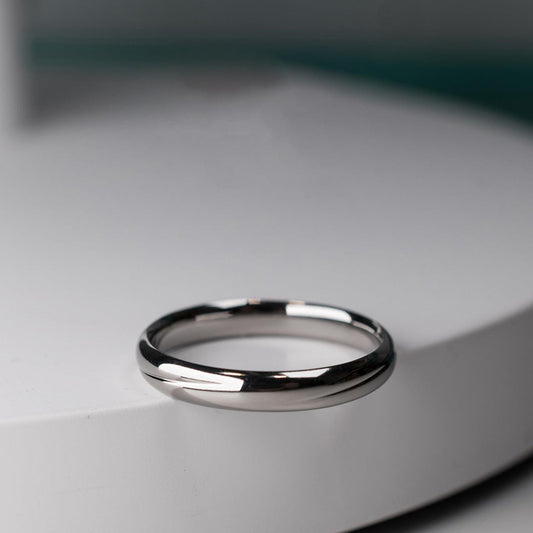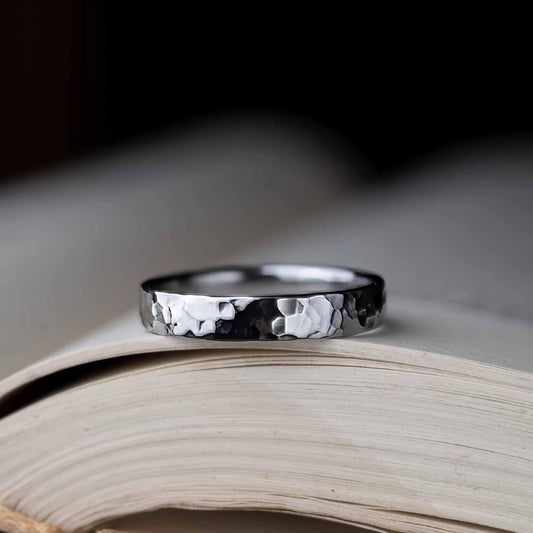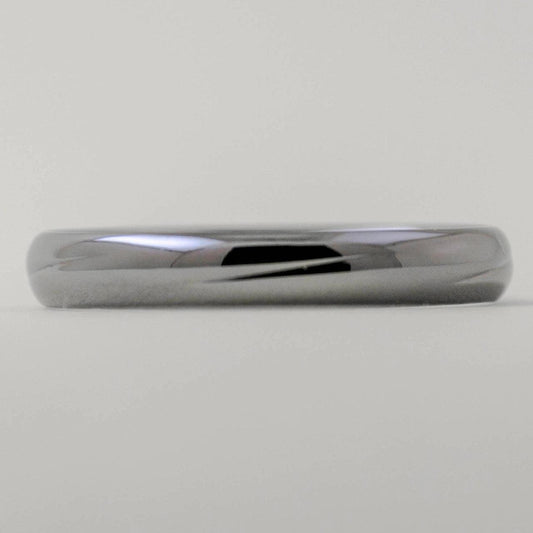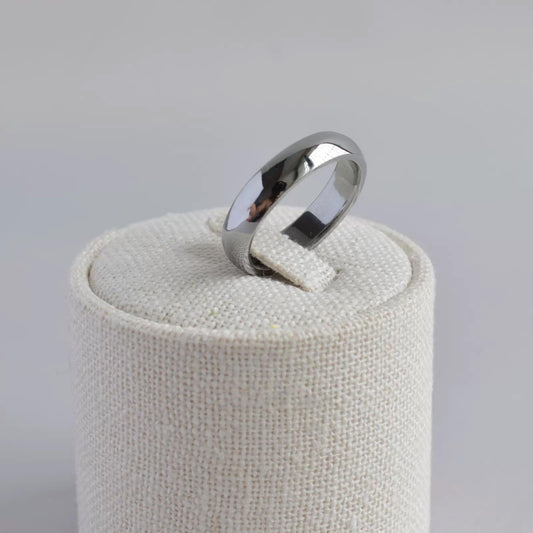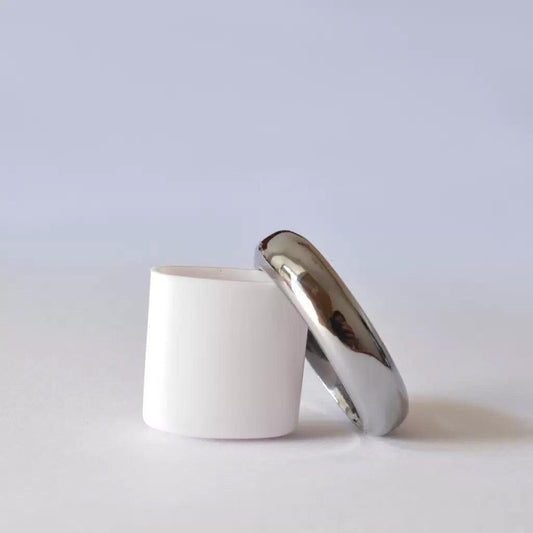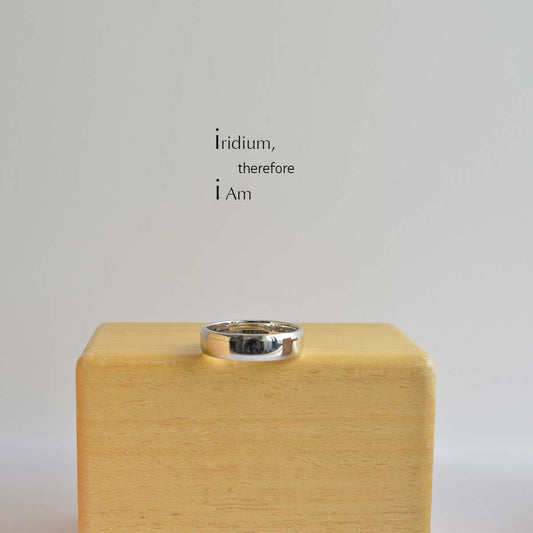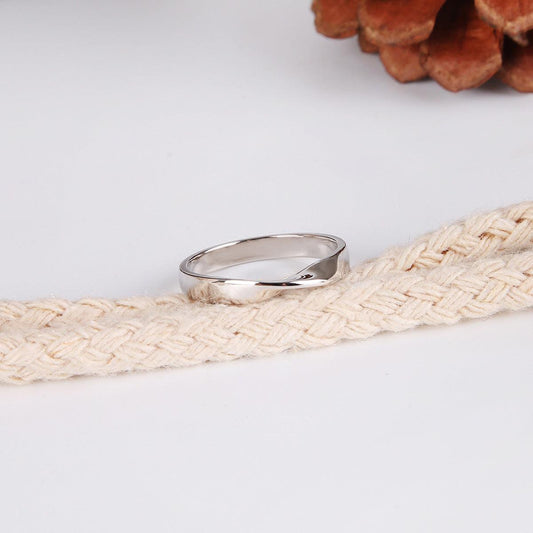Understanding the Hardness of Emerald on the Mohs Scale
Understanding the Hardness of Emerald on the Mohs Scale
Some years back, during a rather spontaneous trip to Colombia, I found myself nestled in a small gift shop, captivated by the vibrant allure of emerald jewelry. As I ran my fingers over the cool, green stones, I was struck by a thought: Why did these jewels, while beautiful, feel somewhat delicate to me? A question prompted me to dive deeper into the enigma of emeralds and their ranking on the Mohs scale of mineral hardness.
The Mohs scale, a tool familiar to geologists and gem enthusiasts alike, ranks minerals from 1 (softest) to 10 (hardest). It’s a fascinating hierarchy where diamonds stand peerless at the top, with a perfect score of 10. Emeralds, however, hold their own place at approximately 7.5 to 8 on this scale. This ranking might seem modest compared to the indomitable diamond, but it’s essential to understand what this means in practical terms.
Emeralds, primarily composed of the mineral beryl, owe their striking green hue to trace amounts of chromium and vanadium. These elements, while stunning, don’t lend themselves to enhancing the stone’s toughness. The truth is, while emeralds are quite hard, they are also inherently brittle. This duality makes them more susceptible to chipping and cracking under pressure, which is crucial information for anyone considering investing in emerald jewelry.
My curiosity got the better of me that day in Colombia, and I walked away with a modest emerald ring. I learned quickly the importance of treating it with care—not just from a maintenance perspective but out of appreciation for its geological story. I found myself being extra cautious, removing it during more vigorous activities, and ensuring it was stored safely when not being worn. An emerald's hardness allows it to resist scratches effectively, but its brittleness demands a gentle approach.
But what really sets emeralds apart isn’t just their physical properties but also their cultural significance and allure throughout history. Cleopatra, Egypt's famed ruler, was said to be enamored with the stone, cementing its status as a symbol of opulence and mystique. This rich tapestry of history adds layers of appeal, making owning an emerald not just about its value as a gemstone but about carrying a fragment of history's allure.
Reflecting on that spontaneous purchase, I realize it's not just the emerald's vibrant color or its scientific properties that fascinate me but the personal stories and histories they carry. Each time I admire that ring, I think of the lush Colombian landscapes where many of the world's emeralds originate, and I am reminded of the delicate balance in nature's creations.
So, next time you admire an emerald, either on a loved one's finger or behind a jeweler's glass, think about the journey it has traveled—from deep within the Earth to its refined state. Its place on the Mohs scale illustrates a beautiful paradox: strength and vulnerability intertwined, much like our own life experiences, making it all the more precious and unique.
